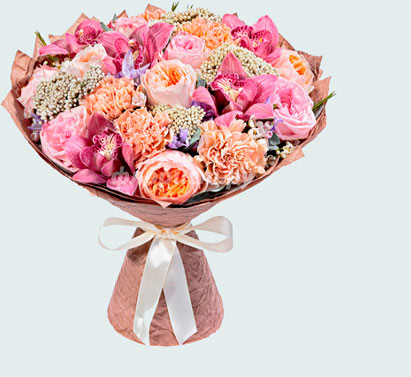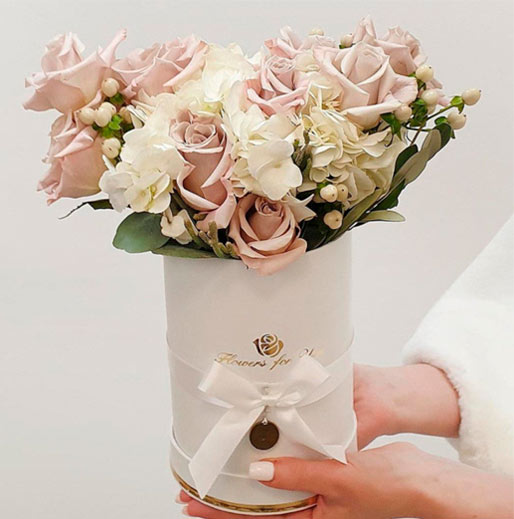 |
 |
 |
 |
 |
 |
 |
 |
 |
 |
 |
 |
 |
 |
Memorial Flower Arrangements: A Timeless Tribute
The choice of flowers and design can convey a multitude of sentiments, each bloom and color symbolizing different emotions and messages. Roses, often seen in memorial arrangements, can symbolize enduring love and reverence. White lilies are frequently chosen for their association with the restored innocence of the soul of the deceased. Moreover, the inclusion of chrysanthemums in such arrangements, especially in European and Asian cultures, can signify death and grief, making them a fitting choice for memorials.
Arrangements can range from simple bouquets to elaborate wreaths or crosses, each meticulously designed to convey a specific sentiment. The artistry involved in creating these arrangements is often overlooked, yet it requires a deep understanding of both horticulture and human emotion. Florists must balance color, texture, and fragrance to craft arrangements that resonate with the grieving family while honoring the memory of the deceased.
Beyond individual preferences, cultural and religious traditions also play a significant role in determining the style and content of memorial flower arrangements. In some cultures, vibrant colors are used to celebrate life, while in others, subdued tones reflect solemnity and mourning. Regardless of these differences, the underlying intention remains the same: to provide comfort and express condolences in a deeply personal way.
- It's interesting to note that while some may view these arrangements as a fleeting tribute, their impact can be lasting, offering a focal point for memories and reflection long after the ceremony has ended.
- In this regard, memorial flower arrangements not only honor the departed but also support the living by providing a means to express grief and begin the healing process.
Looking at the broader picture, one might ponder the role of these arrangements in our increasingly digital world. While online memorials and social media tributes are on the rise, the tactile, ephemeral nature of flowers offers a contrast that is deeply rooted in human tradition. There's something profoundly grounding about the act of choosing, arranging, and presenting flowers that a digital post simply cannot replicate.
In conclusion, memorial flower arrangements are a timeless tribute that transcends cultural boundaries, blending tradition with personal expression. They are a testament to the enduring human need for rituals that honor life and death, offering both a farewell and a reminder of the beauty and fragility of life. As society evolves, these arrangements will undoubtedly continue to adapt, yet their core purpose-to honor, to remember, and to comfort-will remain unchanged, a testament to the enduring power of nature to heal and console.
https://flowersforcemeteries.com/?srsltid=AfmBOoou2Tfsa4SNDp7xd45oTms1Slhl2hE1enZfb4OURQ7yEfBLasN2
... funeral flowers that are specifically designed for the cemetery and the funeral home. Our catalog of products includes arrangements designed for the ...https://www.fromyouflowers.com/occasion/funeral-flowers?srsltid=AfmBOoqEDDd36v43f3miIBKvwT1oANCzWq8KrvcWku0olwCsNG3m9ECs
Funeral Flower Bouquet: The lowest cost funeral arrangement is a flower bouquet. Flower bouquets are perfect to send to a home to let them know are you thinking ...https://www.profuneralflowers.com/flowers-on-stand
Sympathy Funeral Standing Flower Arrangements - Quiet Tribute Standing Spray - Loving Remembrance Wreath - Whites and Greens Cross Standing ...
![]()